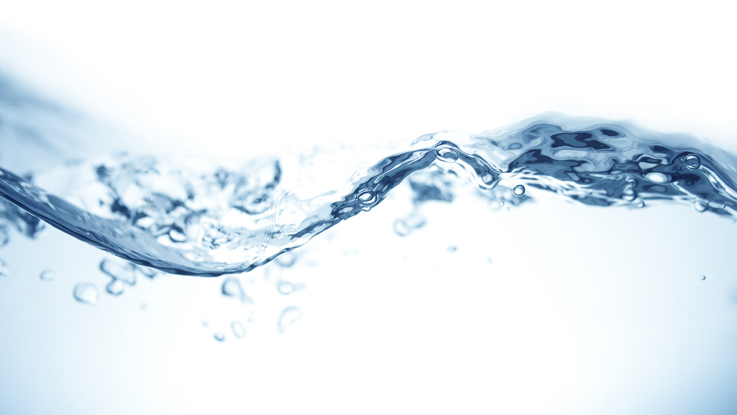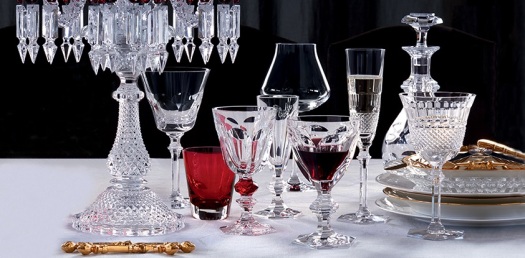I hear this question a lot. Many people believe that new dishwashers with “Fine crystal and China” settings are safe for washing such items. These settings are usually a temperature control since fine china and crystal are sensitive to heat and may crack.
According to Waterford fine crystal and glassware should be washed by hand in moderately hot water with a mild detergent and 1/4 cup ammonia to prevent spotting. I had a friend tell me he squirts Jet-Dry in his sink when he washes crystal but I haven’t tried it yet. It’s a good idea to put a rubber mat or dishtowel in the bottom of the sink to prevent chipping and breaking.
While I do not recommend it, if you must use your dishwasher, follow these tips.
- If you have a China and Crystal Setting, use it.
- If you do not, set the machine to Air-Dry and open the door to help with the air-drying.
- Read the detergent labels for the mildest detergent possible. Avoid detergents with bleach and acid (lemon.) Then use only half the amount recommended.
- Lower the top rack if possible to accommodate the height of your crystal
- Make sure to space the items so they do not touch another. Vibrations can cause chips and cracks.
- Wash your china and crystal soon after use. The longer food sits on the plate the more acid eats away at the glaze.
- Items with gold or silver rims should never be washed in a dishwasher.
Does the back of the detergent box confuse you? Here are some definitions for the ingredients you will see.
Phosphates tie up water hardness minerals (primarily calcium and magnesium) so the minerals won’t interfere with cleaning or deposits on surfaces. Phosphates also help keep food soil particles in suspension after removal from the soiled surfaces and prevent their redeposition. Update: Most detergents no longer contain sodium triphosphate, or STPP.
Silicate Minerals or microporous silicate minerals (known as Zeolite A– sometimes called sodium aluminosilicate ) is used as a Phosophate alternative to soften water and suspend solids. Note: Many companies are moving away from using Zeolite because it has been found to significantly increase sludge volumes in sewage treatment plants.
Sodium Disilicates are now the preferred Builder Enzyme for detergents over STPP and Zeolite. Layered sodium disilicates (manufactured as SKS-6) protect glassware from clouding and pitting and dissolve completely in cool water and revert back to silicon (sand) in the environment.
Surfactants or surface active agents loosens soil and emulsifies fats, helps hold them in suspension, and leaves surfaces clean and free from spots and film. Specially developed surfactants having the lowest sudsing characteristic are used.
Chlorine or Oxygen Bleaches are added to help prevent spots by leaving a cleaner surface than would be obtained with either surfactants or phosphates alone. The very small amount of bleach helps break down protein soils and aids in removing stains such as coffee or tea. Note: Oxygen bleaches tarnish silver components more than Chlorine bleaches.
A Corrosion Inhibitor, such as sodium silicate, helps provide protection for the dishwasher and the wide variety of materials that are washed. The corrosion inhibitor is also a soil suspending agent and an important source of alkalinity.
Enzymes are naturally occurring proteins that help break down food and soil residue into small particles. The small particles are then washed away. (Great for heavy duty cleaning.)
Special Additives, such as sodium aluminate, boric oxide or aluminum phosphate, may be used to inhibit the removal of overglaze and pattern from fine china. Sometimes antifoams are added to reduce sudsing.
Additional Alkalis, such as sodium carbonate or sodium hydroxide may be used to aid in handling greasy food soils.
Polymers help prevent film buildup from hard water.
Thickening Agents are used in gel automatic dishwasher detergents so the product remains in the dishwasher cup(s) until automatically dispensed at the appropriate time.
Colorants are added to lend individuality and an appealing appearance to the product.
Processing Aids, generally inert materials, allow the active ingredients to be combined into a usable form.
Fragrance covers the chemical odor of the base product and stale food odors that might come from the dishwasher.




This is quite a up-to-date info. I think I’ll share it on Digg.
Hi!I think this blog is good!I found it on Google,I will surely come back! 😀
I will have to share this on Twitter, thank you for this information.
My Waterford rose bowl has a film over it after putting it in the dishwasher. Any suggestions for what to clean it with to remove the film? Thanks!
If the cloudy appearance is from hard water and not abrasions from detergent, try soaking the crystal in vinegar for an hour and then hand wash in warm sudsy water
wash crystal in the dishwasher with no detergent and an appropriate heat setting.